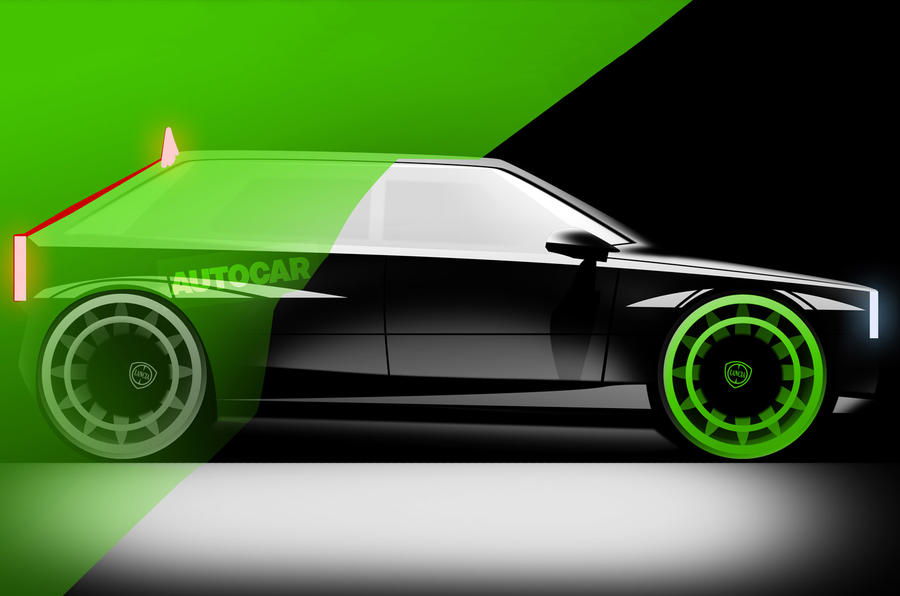Lancia will draw inspiration from Delta and Stratos for its hybrid and EV models that will sit on Stellantis’s STLA platform.
Lancia is getting ready to reinvent itself as a style-focused EV brand with designs heavily influenced by icons of its past, including the Aurelia, Delta, Stratos and 037 Stradale – to be previewed by a concept car in the coming weeks.
The storied Italian brand has been a one-car operation since 2015, when it stopped selling rebadged Chrysler models, and although the Fiat 500-based Ypsilon supermini remains popular and was recently refreshed, it’s now in its 12th year of production.
Charged with relaunching the brand and returning it to markets outside its native Italy, CEO Luca Napolitano has pledged to rekindle the ‘dolce vita’ spirit that was central to the appeal of many historic Lancia models, beginning in the 1960s with the Flaminia and Flavia.
“This glorious and rich past is an endless source of inspiration and will lead the leap to the next generations of products aimed to reach other countries and markets beside Italy,” said Napolitano at a recent press conference.
Beneath their retro-inspired bodies, future Lancia models will sit atop highly advanced new platforms that will, as well as opening the door to totally new proportions and packaging solutions, facilitate step changes in performance and functionality.
This will put Lancia on a par with sibling brands Alfa Romeo and DS, the trio united under Stellantis’s new Premium Brands category.
Each of these brands has set a path towards complete electrification. As such, they will swap all of their cars onto Stellantis’s new STLA modular architecture (Small, Medium or Large), which has been designed to host both hybrid and electric powertrains.
The STLA architecture lies at the heart of Lancia’s 10-year transformation programme. “We’ve planned two new cars every two years from 2024 to 2028,” Napolitano told Automotive Daily Network partner Autocar.
“We will start with the new generation of Ypsilon, the first fully electric Lancia, [then launch] the new top-class saloon in 2026 [when Lancia will stop selling ICE vehicles], and in 2028 we will set the rebirth for the Delta.” The saloon (sedan) and Delta hatchback are expected to be built on the STLA Medium.
Given that the STLA Small isn’t set to be introduced until 2026, the Ypsilon is likely to be built on the existing Fiat 500 EV architecture. Lancia will, however, seek to give its electric supermini a distinct identity in line with its new Pu+Ra (pure and radical) design ethos.
Although Napolitano assured that the new Ypsilon is “basically ready”, an unveiling of the production car isn’t anticipated imminently.
Lancia showcased the fundamentals of its new-era design with the recent Pu+Ra Zero sculpture, but Napolitano confirmed that a concept in the form of a car will be unveiled at Milan Design Week in April.
“It will be very close to the new production car,” he said. The concept is expected to show how Lancia will also put sustainability at the forefront of its reinvention.
“At least 50 per cent of our next car’s interiors will be made from recyclable fabrics,” said Napolitano. He emphasised that this didn’t mean losing any luxury appeal, because Lancia has partnered revered Italian interior design firm Cassina to create its next-generation cockpits.
What remains unconfirmed is which markets Lancia will make its return to. Previously, Napolitano said the firm will sell its upcoming cars in Italy “and four other European countries in the first phase”.
Tommaso Marcoli







